The Tripura Sundari Temple, also known as the Matabari Temple or Mata Tripura Sundari Temple, is a prominent Hindu pilgrimage site located in Udaipur, a town near Agartala, the capital city of the northeastern Indian state of Tripura. Dedicated to Goddess Tripura Sundari, a form of the Divine Mother or Shakti, this temple is one of the fifty-one Shakti Peethas scattered across the Indian subcontinent. The temple holds immense significance for devotees and attracts visitors from various parts of India seeking blessings, solace, and spiritual experiences.
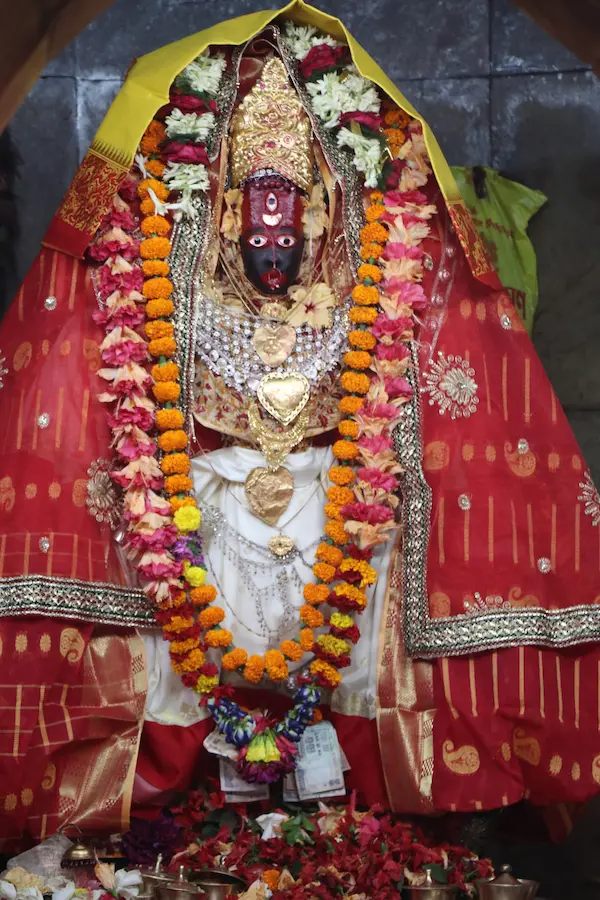
1. History and Mythology:
The history of the Tripura Sundari Temple is deeply rooted in Hindu mythology and legends. According to the ancient scriptures, it is believed that after the self-immolation of Sati (the first wife of Lord Shiva), her body was dismembered by Lord Vishnu’s Sudarshan Chakra. Various parts of Sati’s body fell in different places, each becoming a sacred site called a Shakti Peetha. The place where her right foot fell is believed to be the present-day location of the Tripura Sundari Temple.
Legend has it that in the late 15th century, King Dhanya Manikya ruled Tripura and had a dream in which Goddess Tripura Sundari instructed him to initiate her worship on the hilltop near the town of Udaipur, the contemporary capital of the kingdom. The king found out that a temple on the hillock was already dedicated to Lord Vishnu. He was in a dilemma, unable to decide how a temple dedicated to Vishnu could have an idol of Shakti. The following night, the divine vision was repeated. The king understood that Vishnu and Shakti were different forms of the same Supreme Deity (Brahman). Thus, the temple of Tripura Sundari came into being around the year 1501 CE. At the dawn of this century, the temple has crossed 500 years. This legend is recounted as an example of solidarity between two sub-groups of Hinduism: the Vaishnava and the Shakta sects.
2. Architecture:
The temple’s architecture is a remarkable blend of traditional Bengali and Hindu styles. The main shrine, known as the Garbhagriha, houses the idol of Goddess Tripura Sundari, which is typically made of black stone or metal and adorned with various ornaments. The sanctum sanctorum is accessible through a beautifully carved entrance, and the temple’s walls are adorned with intricate designs and sculptures depicting various deities and mythological scenes.
The temple complex also includes several other structures, such as the Natmandir (dancing hall), Ardhamandap, and a hall for community gatherings. The exteriors are adorned with sculptures of various Hindu gods and goddesses, showcasing the skill and craftsmanship of the artisans of that era.
The temple faces the west and the main entrance of the temple is also in the west though there is a narrow entrance in the north. Though the influence of medieval Bengal “Char Chaala“(4-slanted roof) temple architecture is visible, such a blend is unique to this place and Tripura could distinctly claim this as its Architectural style. The temple consists of a square-type sanctum of the typical Bengali hut-type structure with a conical dome. A stamp featuring the Tripureswari temple was released on September 2003 acknowledging this heritage.
3. Festivals and Celebrations:
The Tripura Sundari Temple comes alive during various Hindu festivals, attracting thousands of devotees and tourists alike. The most prominent festival celebrated here is Durga Puja, which is observed with grandeur and devotion. During this festival, the temple is beautifully decorated, and elaborate rituals are performed to worship Goddess Tripura Sundari, who is considered an incarnation of Goddess Durga.
Apart from Durga Puja, other festivals like Navratri and Diwali are also celebrated with enthusiasm and fervor, adding to the temple’s festive atmosphere.
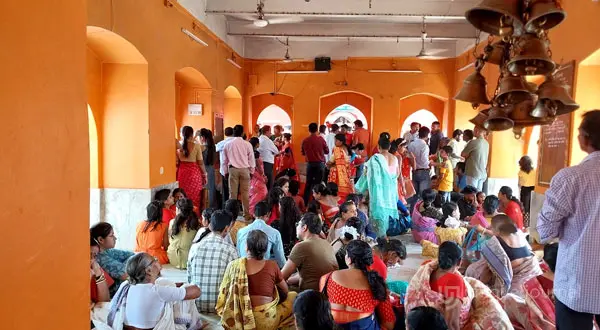
4. Significance:
The Tripura Sundari Temple holds great religious and cultural significance for the people of Tripura and beyond. Devotees visit the temple to seek blessings from Goddess Tripura Sundari for various aspects of life, including health, prosperity, and success. It is believed that a visit to this temple can fulfill one’s desires and bring harmony to life.
5. Kalyan Sagar in Tripura Sundari Temple
The Kalyan Sagar lake is situated on the eastern side of Tripura Sundari Temple, covering an area of 5 acres. It was constructed 124 years after the establishment of the temple. The lake is inhabited by various water animals, including large tortoises that come near the shore to find crumbs of food offered by tourists. Devotees who visit the temple feed biscuits and puffed rice to these reptiles. As the lake is considered sacred, devotees worship the tortoises and fishes present here. The lake also has a water fountain, making it even more attractive.
Conclusion:
The Tripura Sundari Temple in Agartala stands as a testimony to the rich cultural and spiritual heritage of India. Its exquisite architecture, mythological significance, and vibrant celebrations make it a must-visit destination for pilgrims and tourists alike. For those seeking a deeper connection with Hindu spirituality and the divine feminine, a journey to this sacred abode of Goddess Tripura Sundari can be a transformative and uplifting experience.

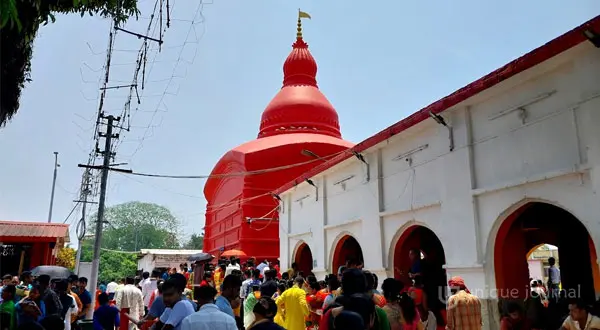
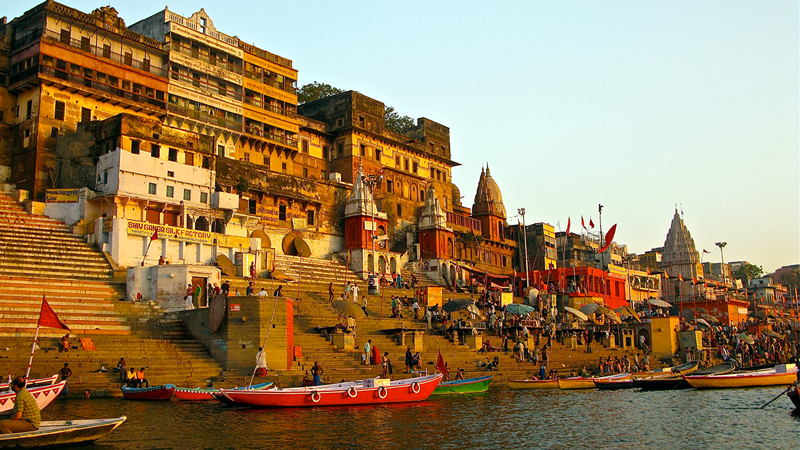
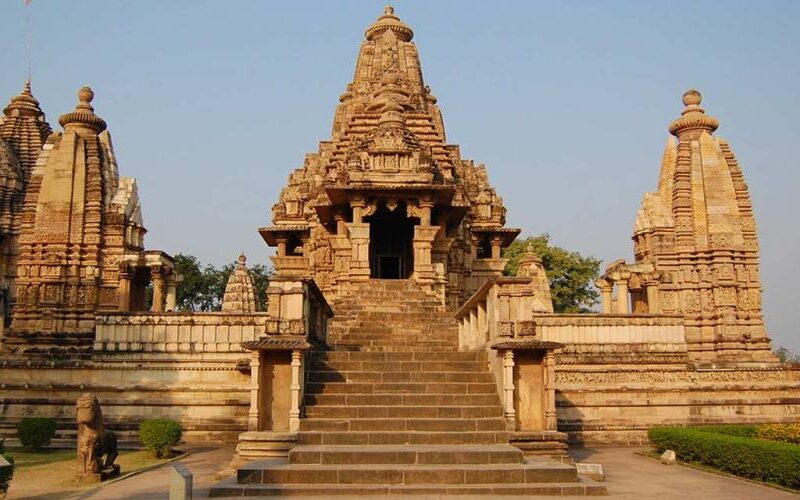
I love your blog.. very nice colors & theme. Did you create this website yourself or did you hire someone to do it for you? Plz answer back as I’m looking to construct my own blog and would like to know where u got this from. thank you
No, I am designing this blog for my own, thank you
As a Newbie, I am always exploring online for articles that can help me. Thank you
Thank you